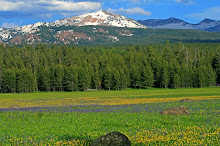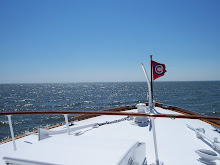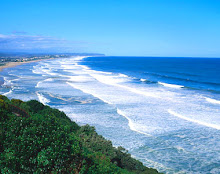
THE OPPORTUNITY IS LAND
THE NEW OPPORTUNITY IS EVERLANDS
Most of us are inured by experience to the idea that our investment portfolios will occasionally be a source more of dread than of comfort. We realize that our equity, fixed income and credit investments can and will suffer occasional setbacks, some of which may take years to mend. But when we soberly consider these "expected losses" as financial statisticians call them, we take comfort from the fact that the markets price our investments to compensate us for enduring these hazards. And, although we are often loath to consider them, we can and do manage the impact of potentially more devastating unexpected losses (a hedge fund manager's fraud, a terrorist attack, a national financial crisis) by diversifying our portfolios where possible, and hedging our larger, concentrated exposures to particular assets.
This almost organic balance of risk and return, mediated by the capital markets, is not perfect, but it is comprehensible and, for the most part, it works. Unfortunately, it bears almost no relevance to what may be our most financially -- and emotionally--important asset: land.
Land is illiquid (that is, difficult to price and requiring time to buy and sell) and almost impossible to hedge. Land exposures are notoriously complicated to diversify, unless we can assemble a very large portfolio, and they are highly correlated to regional geographic fortunes.
Beyond this, for many of us, land represents more than simply another asset class to be wedged in our portfolio. It may form a cornerstone to a family legacy. It often plays a central role in defining who we are, and is therefore crucial to maintaining our family's cohesion and achieving our goals.








































































































